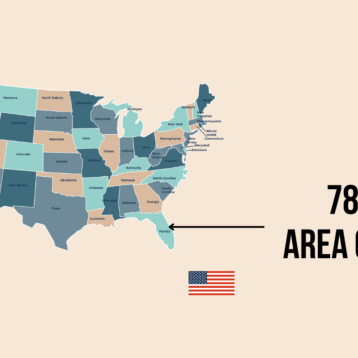
Unique and engaging content is essential for digital success. Producing original and useful articles helps draw in and keep visitors, while boosting your site’s visibility on search engines. Yet, the wide reach and open nature of the internet also make it simple for dishonest individuals to copy and republish your work under their name. The impact of this theft can be damaging, including lower search rankings, a hit to your reputation, and even legal trouble.
In fact, statistics reveal that 14.5 % of U.S. residents have admitted knowingly plagiarizing another’s written words without providing proper attribution, emphasizing the need for careful monitoring and safeguarding of online content to combat plagiarism.
Use an AI Plagiarism Checker Tool
A practical initial step to spot plagiarized content is using an AI plagiarism checker tool. These sophisticated systems use artificial intelligence to swiftly search the web for any copied content. By entering your articles or blog entries into the tool, it generates a detailed report highlighting any potential unauthorized use or replication of your work.
Modern plagiarism detectors are highly accurate, capable of recognizing even subtle instances of copied text, making it possible to protect content effectively even with limited technical knowledge. Their user-friendly designs enable those without such expertise to protect their material effectively.
Set Up Google Alerts for Your Content
Setting up Google Alerts for specific phrases from your content is another effective method to monitor for theft. Google Alerts notifies you whenever the specified phrases appear elsewhere on the web.
To create an alert, simply enter a unique sentence or keyword from your article into Google Alerts and select how often you want to receive notifications. This way, you can stay updated on any new instances of your content being published without your permission. Regularly reviewing these alerts helps in quickly addressing any plagiarism issues.
Conduct Regular Manual Searches
Although automated tools are useful, it’s important to do regular manual searches for specific phrases from your content. This means using search engines to look for exact matches of certain sentences or paragraphs from your work.
Put your search terms in quotation marks to find exact matches more easily. This helps you spot plagiarism that automated tools might miss. It also shows how often your work is being copied, so you can take the right steps to address it.
Monitor Social Media Platforms
Social media sites are frequent hotspots for content theft. It’s important to consistently scan these sites for any unauthorized sharing of your material. You can utilize their search features or employ external tools to monitor mentions and shares of your work.
Social media surveillance not only allows brands to detect pirated material; it’s also key in upholding brand image. By engaging with your followers and promptly responding when an improper use occurs, you can help mitigate against content theft’s adverse impacts and preserve brand integrity.
Check Backlink Data
Reviewing backlink information can show websites that might be using your content without your consent. Tools like Ahrefs and SEMrush help you see who is linking to your site. By looking at these backlinks, you can spot questionable sites that may have copied your work.
These tools also give details about the quality and relevance of the backlinks, helping you tell the difference between genuine references and possible plagiarism. Regularly reviewing your backlink data helps you quickly address any unauthorized use of your content.
File DMCA Complaints
If someone has illegally copied your content without authorization, filing a digital millennium copyright act complaint can help get it removed quickly and legally. The DMCA provides an efficient means of protecting copyrighted materials online.
To initiate a complaint, prepare a comprehensive notification containing your contact details, a description of the copyrighted material, and the whereabouts of the copied content. Deliver this notification to the host of the website where your content appears, or to the search engine showing the copied material. This can prompt its deletion. Mastering the DMCA process enables you to efficiently combat content theft.

Final Thoughts
It’s crucial to keep your content safe from theft to protect its quality and your standing. Effective ways to spot stolen content include using AI plagiarism checkers regularly, setting up Google Alerts, doing manual searches, and keeping an eye on social media.
Checking backlink data and filing DMCA complaints when needed also help to keep your work yours. By being watchful and proactive, you can protect your original content and continue offering value to your audience without worrying about plagiarism harming your work.










